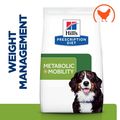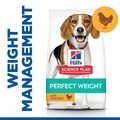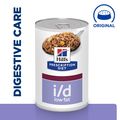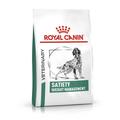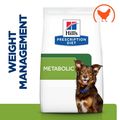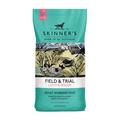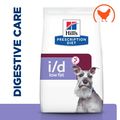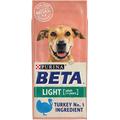Helping your dog lead an active and healthy life means ensuring they are an ideal weight and neither too fat or too thin. Being anything other than their ideal weight can lead to problems and may even reduce the lifespan of your beloved pet.
So how do you know if your dog is a healthy weight?
- Ask your vet. Not everyone owns weighing scales at home, so sometimes it can be difficult knowing exactly how much your dog weighs and then monitoring them for fluctuations. Your vet will be able to give you a rough idea of how much a dog of your age, breed and activity level should weigh but, of course, there will be variations and usually just having a look and a feel is much more telling of a problem.
- Overhead inspection. If you stand over your dog and look down on them, you should be able to see an hourglass-like shape, as the waist tapers behind the ribcage. If you can see your dog’s individual ribs and the hip bones are prominent, your dog is underweight, whereas no visible narrowing of the waist, no hourglass shape and more of a rounded overall shape would indicate your dog is too heavy.
- Profile analysis. Looking at your dog from the side will also help you judge if your dog is a healthy weight. The waist should be higher than the ribs with a slight incline. No incline signals an overweight dog, whereas too much of an incline with visible ribs and hip bones signals an underweight one.
- Rib examination. Heavy coated breeds can be harder to assess by eye alone, meaning you’ll often need to have a feel for their ribs. You shouldn’t be able to see the ribs (unless you have a sighthound, then it can be normal to see the last two), but you should feel evidence of them when you place your hands either side of the ribcage and lightly press. You can tell a healthy weight when you can feel the ribs with a slight padding over them. Too much padding (to the point the ribs aren’t distinguishable) or too little, can be indicative of a weight problem.
If you are worried about your dog’s weight, either because they are too thin or too heavy, and you’re struggling to get the weight right, it would be worth speaking to your vet and/or a canine nutritionist. Weight management foods can help alongside increased/reduced exercise and other lifestyle changes, but it is best to seek advice first.
Written by: Hannah



